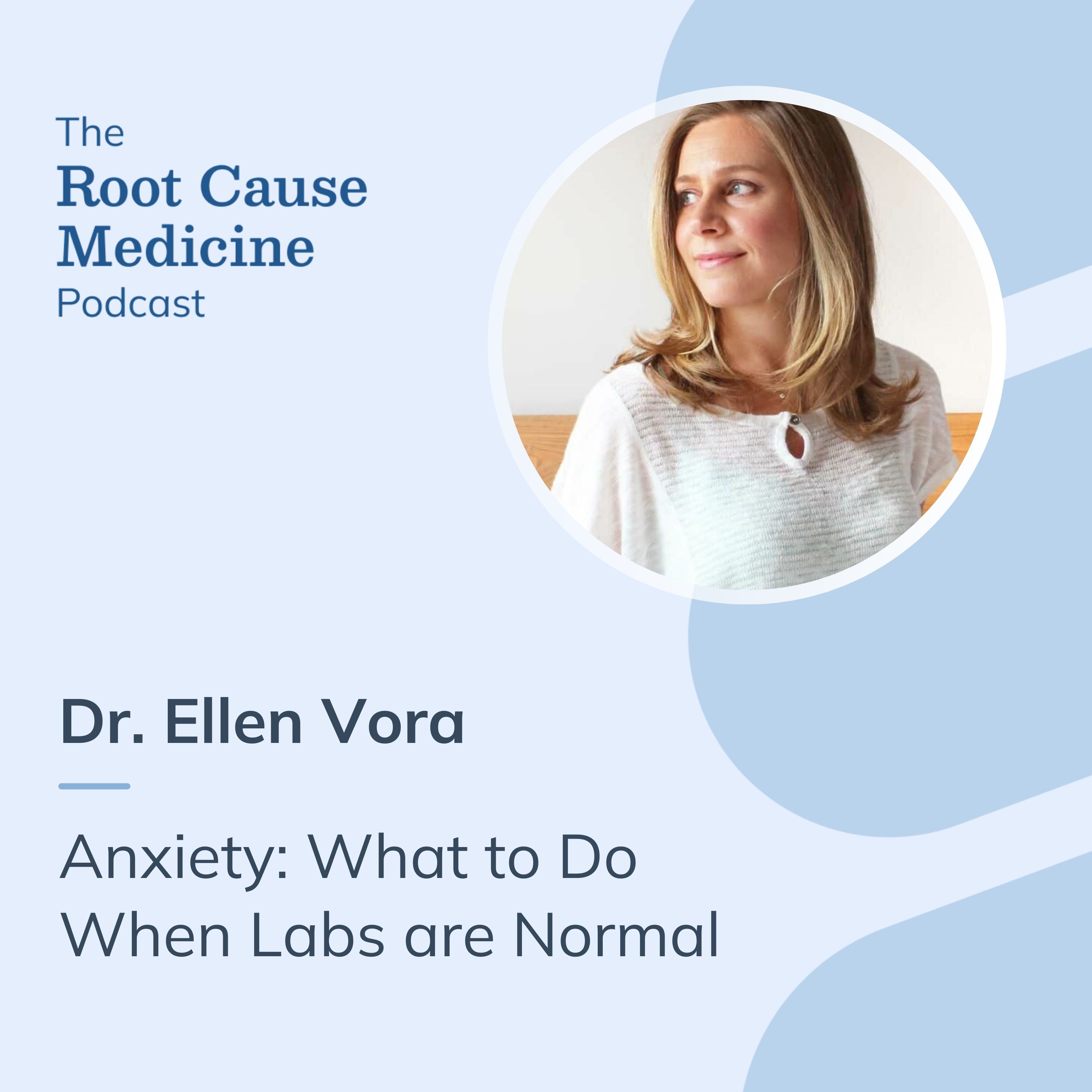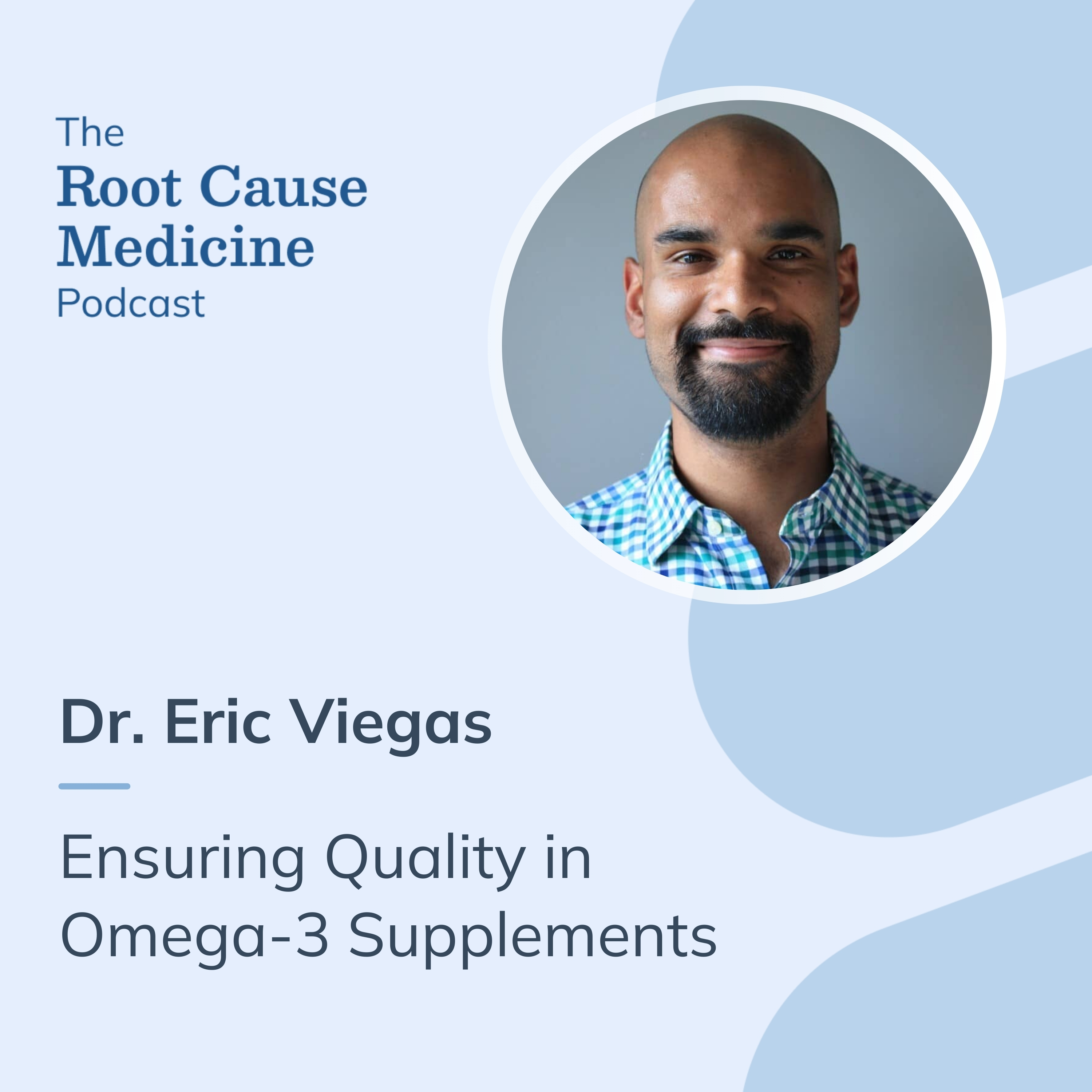Phosphorus is derived from the Greek word "phosphoros," which means "bringer of light." It was given this name due to its ability to glow in the dark as well as its flammable properties. Phosphorus is also essential to all forms of life, including plants and animals. This article will discuss what phosphorus is, including its role in the body, how to test phosphorus levels, and how to get phosphorus in your diet.
[signup]
What is Phosphorus?
Phosphorus is a mineral primarily sourced from phosphate rocks which are abundant in the United States. There are two main forms of phosphorus, red and white. White phosphorus is a glow-in-the-dark solid, spontaneously flammable in the presence of air. Additionally, it is toxic and can cause severe burns if exposed to the skin. Red phosphorus is non-toxic. White phosphorus is used to produce flares and products of the same nature, while red phosphorus is used to make the spark strip on matchboxes. Phosphorus is also used in the production of glasses, steel, laundry detergents, and, most commonly, fertilizers.
Phosphorus is actually a misleading term. Phosphorus is never free or by itself in the body. Rather, it is a part of phosphate, yet the two are often used interchangeably. For the purpose of this article, we will continue to use the term phosphorus, as it's the name the majority of resources use.
What is Phosphorus' Role in The Body?
Phosphorus is an important mineral in the body. Phosphorus, along with calcium, is a component of hydroxyapatite, a major part of our bones and the enamel of the teeth. These two locations are where the majority of phosphorus in the body resides. The addition of phosphorus to enzymes, hormones, and cell-signaling molecules is a process called phosphorylation, which makes those compounds active. Our genetic material, DNA and RNA, comprise many phosphorus-containing molecules. Phosphorus also helps balance acidity in the body by its alkaline nature, playing a significant role in maintaining the body's pH. Phosphorus is a primary part of cell membranes that affects cellular functioning. Lastly, phosphorus is a component of a molecule that aids in the regulation of oxygen delivery throughout the body.
Three hormones play a role in keeping phosphorus levels balanced in the body. First, parathyroid hormone (PTH), released by the parathyroid gland, will cause an increase in urinary phosphorus as a secondary measure to inhibit calcium secretion when calcium levels drop. However, PTH simultaneously activates bone resorption, a process that increases the release of calcium and phosphorus from bones. PTH also turns vitamin D into its active form. Active vitamin D will increase intestinal absorption of phosphorus, along with calcium. Finally, when phosphorus levels increase, the bones release a growth factor, FGF-23, that increases phosphorus excretion in the kidneys while also inhibiting the activation of vitamin D, thus lessening the absorption rate of phosphorus.
How to Test Phosphorus Levels
Access Medical Laboratories offers phosphorus testing through blood and urine.
Phosphorus testing in the blood, such as this Phosphorus Serum test, has a range of 2.8 to 4.5 milligrams (mg) per deciliter (dL) for adults and 4.0 to 7.0 mg/dL for children.
In the urine, phosphorus testing can be done as a 24-hour test or random sample. The 24-hour urine test, such as this test, ranges from 226-1797 mg/dL and should be assessed with serum levels. The random phosphorus urine tests, such as this test, do not have an established reference range; rather, they should also be taken into consideration with other laboratory values, such as phosphorus blood testing and the clinical picture.
Hypophosphatemia, or phosphorus deficiency, rarely occurs in the United States due to dietary intake and is usually a result of conditions such as diabetic ketoacidosis, hyperparathyroidism, and defects in parts of the kidney(s). Hypophosphatemia can manifest as anorexia, muscle weakness, numbness, loss of coordination, confusion, and anemia. Due to phosphorus's important role in bone integrity, hypophosphatemia can lead to disorders of the bone, such as rickets, osteomalacia, and generalized bone pain. Lastly, hypophosphatemia may raise the risk of infections. Preterm newborns, those who are malnourished, and those who have genetic conditions affecting phosphorus regulation are at a higher risk for hypophosphatemia.
Hyperphosphatemia, or excess phosphorus, can lead to the calcification of tissues, primarily the kidneys. This is usually the result of over-supplementation.
How to Make Sure You are Getting Enough Phosphorus in Your Diet
The Food and Nutrition Board at the National Academies of Science, Engineering, and Medicine has put together Dietary Reference Intakes (DRI) for vitamins and minerals. One such DRI is the Recommended Daily Allowance (RDA), defined as the average amount of a vitamin or mineral consumed daily that meets the nutritional requirements of most healthy people.
Phosphorus RDA

When evidence is lacking to form RDAs, Adequate Intake (AI) levels are created, defined as the amount assumed to reach adequate levels. For newborns to six months of age, the AI is set at 100 mg, and for seven to 12 months, 275 mg for both males and females.
Phosphorus sources include foods and supplements.
Foods
Phosphorus absorption in foods ranges from 40-70%, with higher absorption from animal sources than plants.
Phosphorus additives are used in many processed foods to preserve the color and moisture of many foods. These additives account for 10-50% of the phosphorus intake, while 20% comes from dairy products.
Top 10 Foods Containing Phosphorus

Supplements
Phosphorus in supplements can be stand-alone products, or it may be a part of a complex such as a multivitamin. Phosphorus in supplements is commonly found in the form of phosphate salts and phospholipids such as phosphatidylcholine and phosphatidylserine.
[signup]
Summary
Phosphorus is an essential mineral vital to human health. Its roles in the body are numerous, ranging from DNA creation to the transport of oxygen. Phosphorus testing can be useful for assessing phosphorus levels, and knowing dietary and supplemental sources can aid in managing phosphorus surpluses or deficiencies. Always consult with a healthcare provider before making significant changes to your diet or starting new supplements.









.jpg)


%201.svg)








.png)